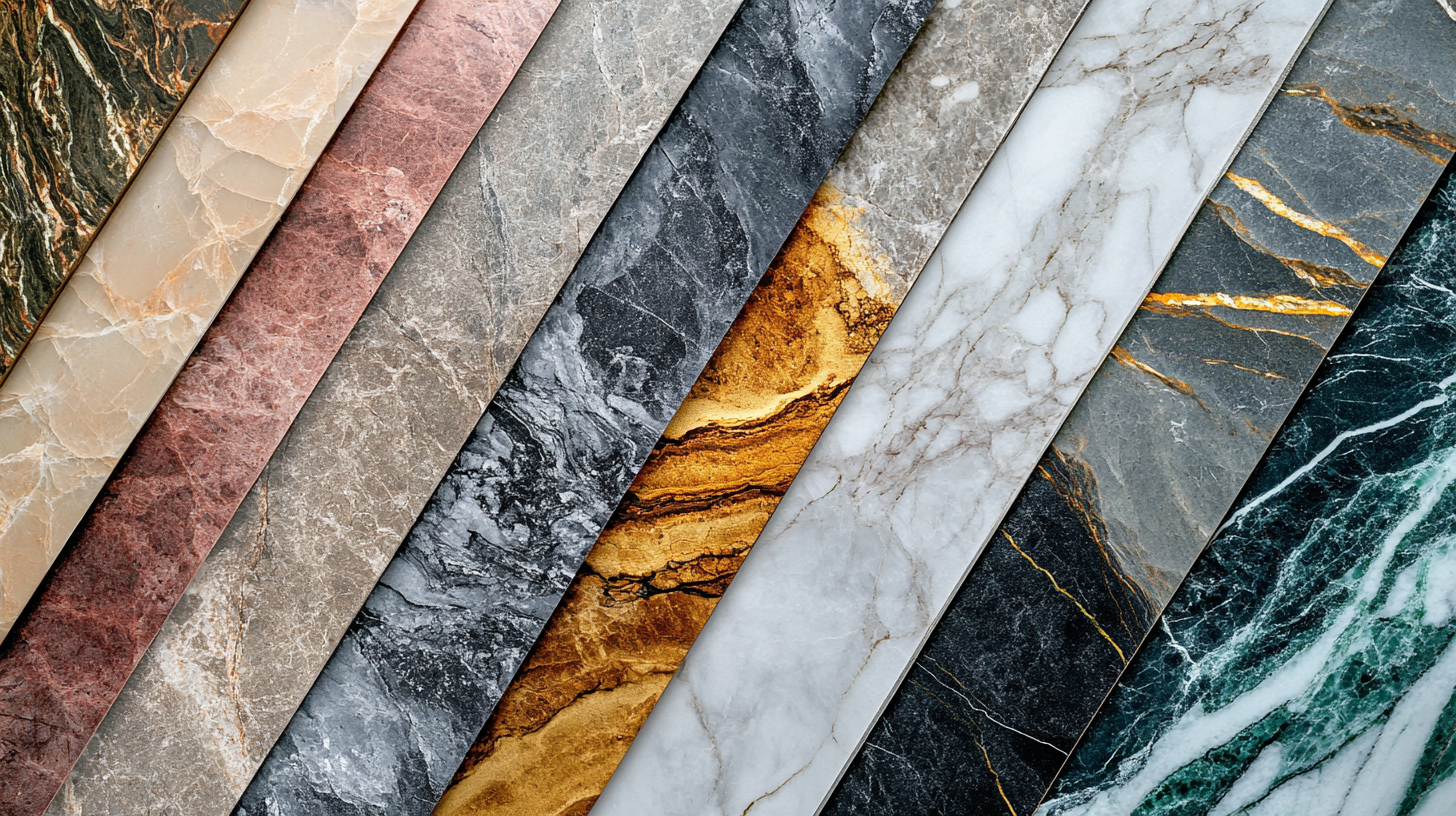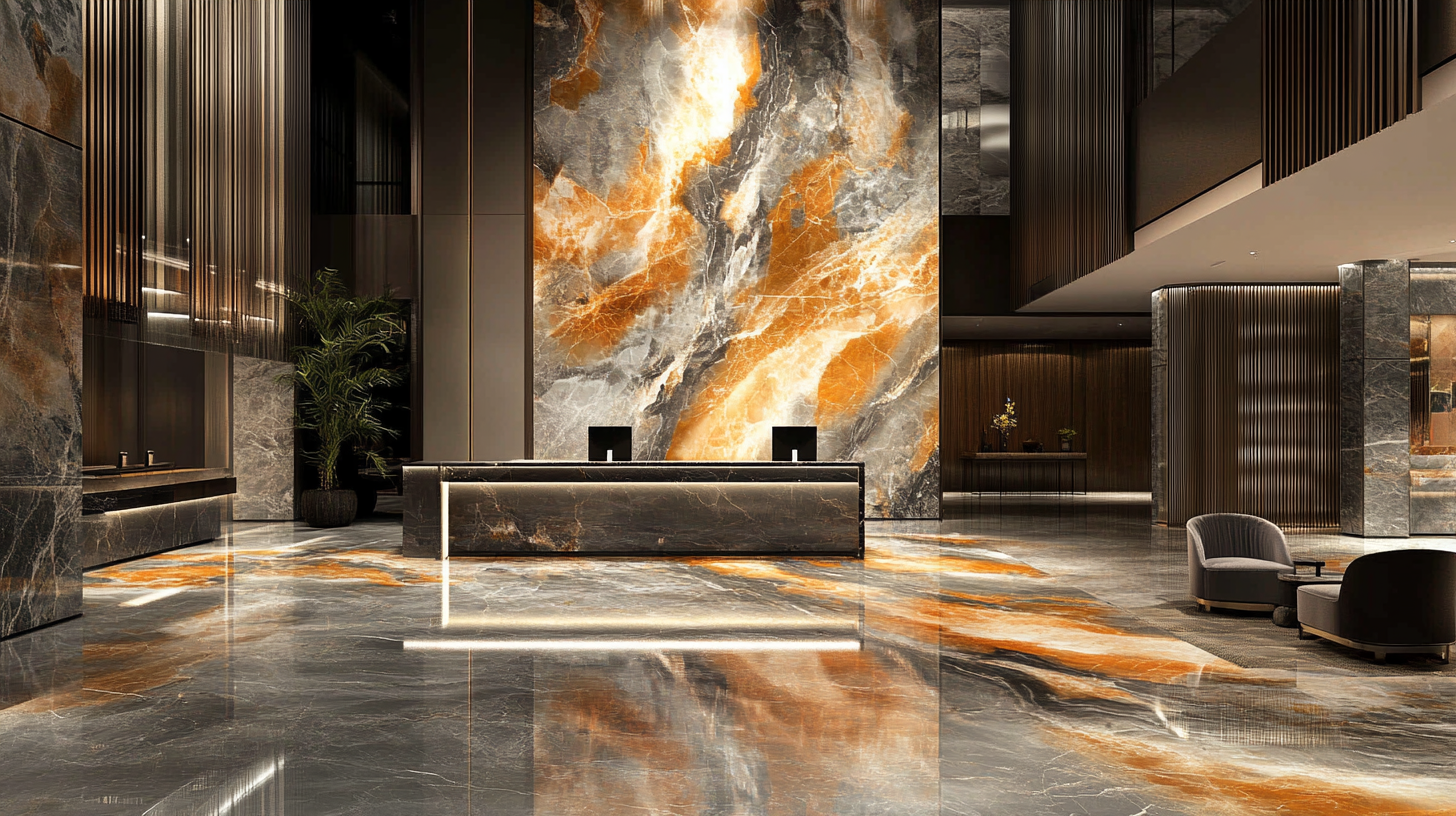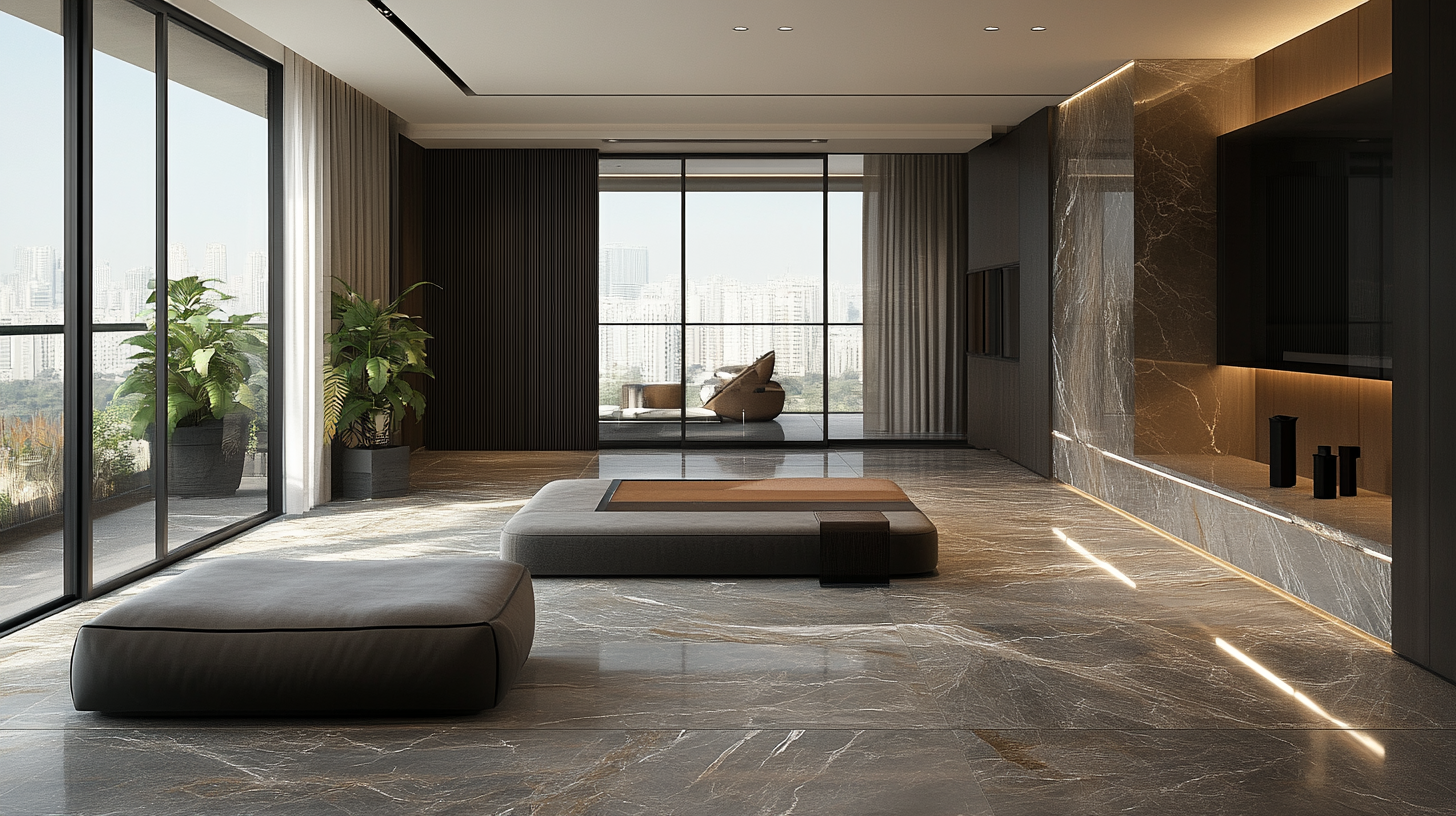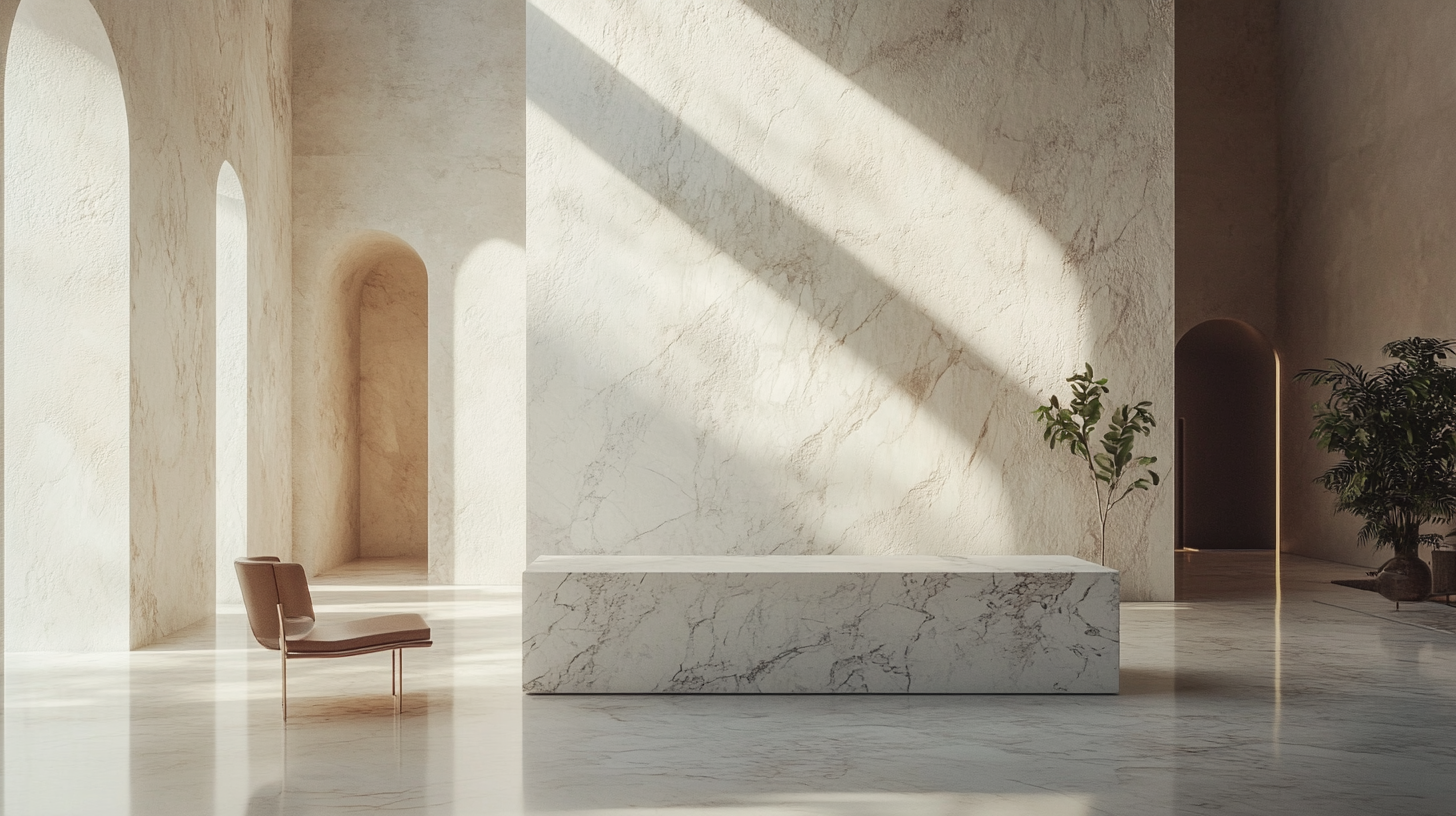Blog
Unveiling Marble Granite Quality Secrets with 7 Essential Technical Specifications for Global Buyers
In the world of natural stone, Marble Granite stands out as a symbol of elegance and luxury. Its captivating beauty and remarkable durability make it a popular choice among homeowners, architects, and designers alike. However, the allure of Marble Granite often conceals a complex array of quality factors that can significantly impact its performance and aesthetic appeal. For global buyers navigating the vast landscape of this exquisite material, understanding these nuances is essential to make informed purchasing decisions.
This blog aims to unveil the quality secrets of Marble Granite by introducing seven essential technical specifications that every buyer should consider. From density and porosity to color consistency and finish quality, these specifications serve as vital indicators of Marble Granite's long-term value and suitability for various applications. By equipping yourself with this knowledge, you can ensure that your investment not only meets your expectations but also enhances the beauty and functionality of your space for years to come.

Understanding the Importance of Color Consistency in Marble and Granite Quality
In the world of marble and granite, color consistency is paramount for discerning buyers. The allure of these natural stones lies not just in their aesthetic appeal but also in their ability to maintain uniformity across different slabs. A consistent color palette ensures that architectural and artistic creations resonate with harmony, transforming spaces while avoiding jarring contrasts. This is particularly true in a vibrant city like Laizhou, known for its rich stone heritage, where the integration of ancient and modern stonecraft highlights the importance of quality in color consistency. Moreover, the increasing international collaboration and trade of marble and granite emphasize the need for stringent technical specifications to guide global buyers. The rising popularity of these materials in kitchen countertops, as noted in recent trends, reflects consumers' demands for not only aesthetic attractiveness but also reliability. Fluctuations in color and quality can lead to dissatisfaction, as evidenced by reports of high-profile purchases turning problematic due to inconsistencies. Thus, potential buyers must be aware and selective when sourcing their materials, ensuring they choose suppliers who prioritize quality and consistency within their offerings.

Exploring the Impact of Surface Finish on Durability and Aesthetic Appeal
When it comes to selecting marble or granite, the surface finish plays a pivotal role in determining both durability and aesthetic appeal. A polished finish, for instance, not only enhances the stone's natural colors and patterns but also creates a smooth, reflective surface that resists moisture and stains. According to a report by the Natural Stone Institute, polished surfaces have a significantly lower water absorption rate—less than 0.5%—compared to honed finishes, which can absorb 0.5% to 3% of moisture. This lower absorption rate contributes to the longevity of the stone, making polished surfaces ideal for high-traffic areas and spaces exposed to moisture.
Conversely, honed finishes provide a matte texture that many homeowners find appealing for its understated elegance. However, it's essential to consider that honed surfaces may require more maintenance due to their higher vulnerability to scratching and staining. The Marble Institute indicates that while honed finishes offer a contemporary look, they often necessitate more frequent sealing to maintain their integrity against spills and wear.
Furthermore, surface finishes can also influence the thermal performance of stone materials. A polished surface reflects heat, keeping spaces cooler, while a honed finish absorbs more heat, potentially increasing the temperature of surrounding areas. This aspect is particularly crucial in regions that experience high thermal variations, where optimizing surface finishes could lead to improved energy efficiency in buildings. Ultimately, the choice of surface finish should align with environmental conditions, usage patterns, and preferred aesthetics, reinforcing the essential role it plays in the overall quality of marble and granite selections.

Analyzing the Role of Porosity in Determining Marble and Granite's Longevity
When it comes to selecting marble and granite, porosity is a critical factor that can significantly influence the longevity and durability of these natural stones. Porosity refers to the volume of pores or voids within the stone, which can affect how substances permeate and interact with the surface. A stone with high porosity is often more susceptible to staining, water damage, and the growth of mold or mildew, all of which can undermine its aesthetic appeal and structural integrity over time.
Understanding porosity is particularly essential for global buyers, as the geological origins of marble and granite greatly influence their porosity levels. For instance, some regions produce stones that are denser and less porous, offering better resistance to environmental elements. Buyers should be aware of these characteristics when assessing potential purchases; conducting water absorption tests can provide valuable insights into the stone's porosity.
Moreover, the treatment and finish applied to the surface of marble and granite can also impact porosity. Sealing stones can help mitigate the effects of porosity by providing an additional layer of protection against liquids and contaminants. Thus, informed buyers must not only evaluate the inherent properties of the stones they are interested in but also consider the necessary maintenance steps to ensure their longevity. Making a well-informed choice regarding porosity can lead to a significant return on investment, as high-quality marble and granite can last for generations when properly cared for.

Evaluating the Significance of Compression Strength in Natural Stone Selection
When it comes to selecting natural stones like marble and granite, one of the most critical technical specifications to consider is compression strength. This measurement indicates how much load a stone can bear before failing, making it a vital factor for not only aesthetic considerations but also the durability and longevity of the material in various applications. For global buyers, understanding compression strength can be the key to making informed choices that meet both functional requirements and design aspirations.
Compression strength is particularly significant in architectural and construction contexts. It directly impacts a stone’s ability to withstand environmental stresses, such as weight and pressure from structures above. A stone with high compression strength is less likely to crack or become damaged over time, ensuring that it maintains its beauty and structural integrity. Buyers should look for stones with specified compression strength ratings to guarantee they can handle the demands of their intended use, whether it’s for countertops, flooring, or façade cladding.
Moreover, assessing compression strength can also guide buyers in selecting the right type of stone for specific climates and applications. For instance, stones used in high-traffic areas or regions with extreme temperatures should exhibit higher compression strengths to endure relentless pressure and thermal expansion. By prioritizing this essential specification, global buyers can make smarter investments in natural stone products, ultimately leading to successful projects that stand the test of time.
Recognizing the Influence of Origin on Quality and Market Value of Marble and Granite
The quality and market value of marble and granite are significantly influenced by their origin, a fact that global buyers must consider while making their purchases. Just as connoisseurs of specialty coffee recognize the importance of the bean's origin in determining flavor profiles and price, the geographical source of marble and granite impacts their aesthetic appeal and durability. For instance, high-grade marble from Carrara in Italy is renowned for its exquisite veining and often commands a premium price, similar to how certain coffee varieties can yield a much higher retail cost based on their growing conditions.
Recent market analyses hint at a growing inclination among consumers towards origin-based branding, suggesting that as the specialty coffee market grows—expected to reach USD 101.6 billion by 2030 at a CAGR of 10.4%—the same trend could impact the marble and granite industry. This correlation indicates that buyers not only seek quality but also aspire to understand the origins from where their materials come. They are more inclined to invest in products that tell a compelling story tied to their source, thus enhancing perceived value.
Moreover, just as product quality affects customer satisfaction in the coffee trade, factors such as craftsmanship, finish, and the unique characteristics of marble and granite varieties play a critical role in consumer choices. High-quality stones are likely to stimulate higher customer satisfaction, which can lead to brand loyalty and repeat purchases, a phenomenon that is becoming increasingly vital as brands attempt to establish their identities in a competitive market. Understanding these dynamics will be crucial for global buyers aiming to make informed decisions and cultivate a discerning customer base.
